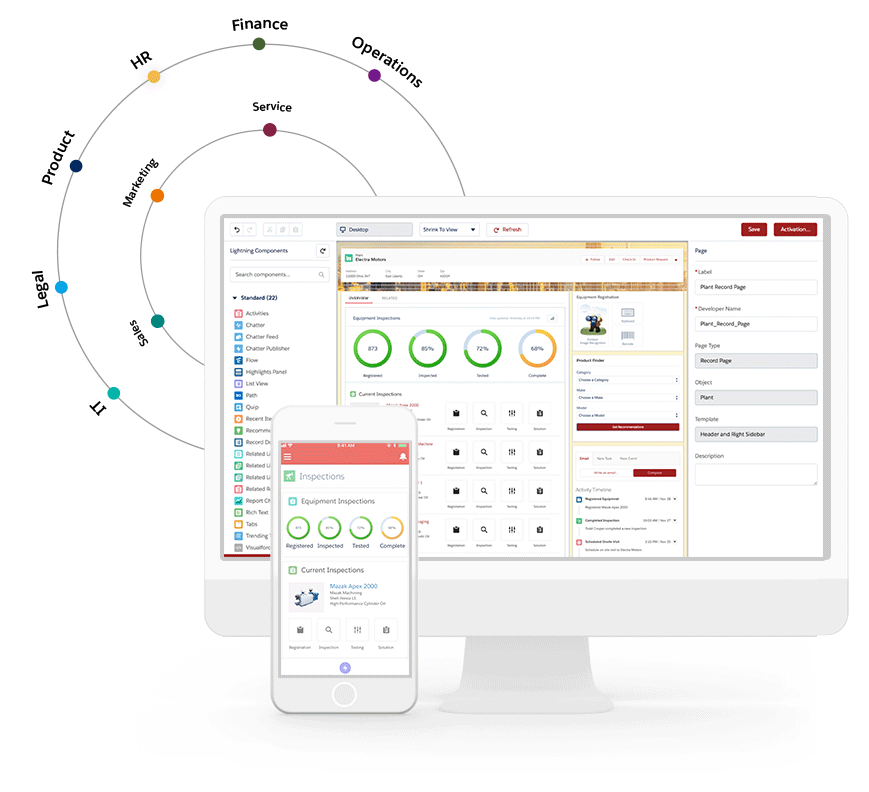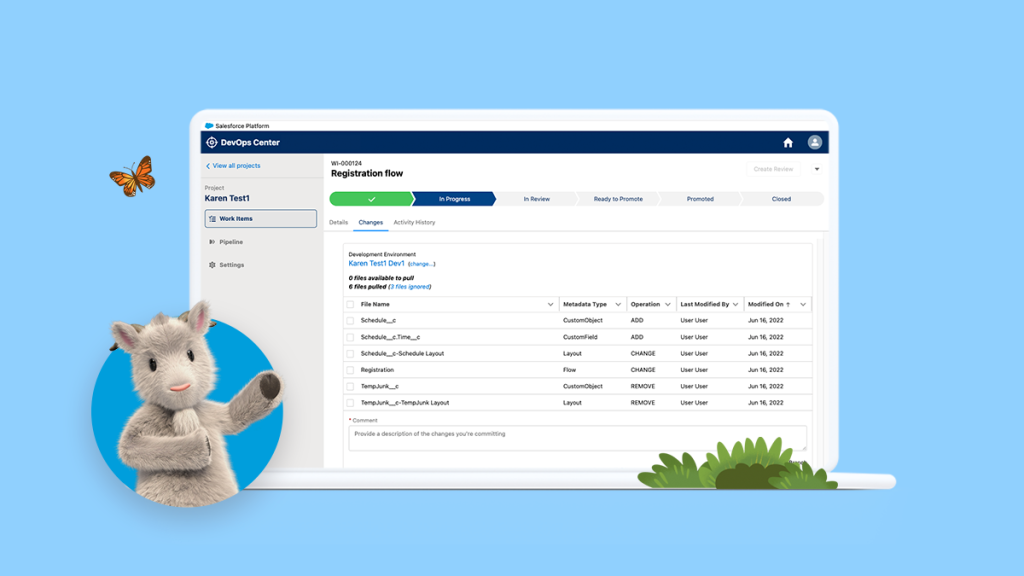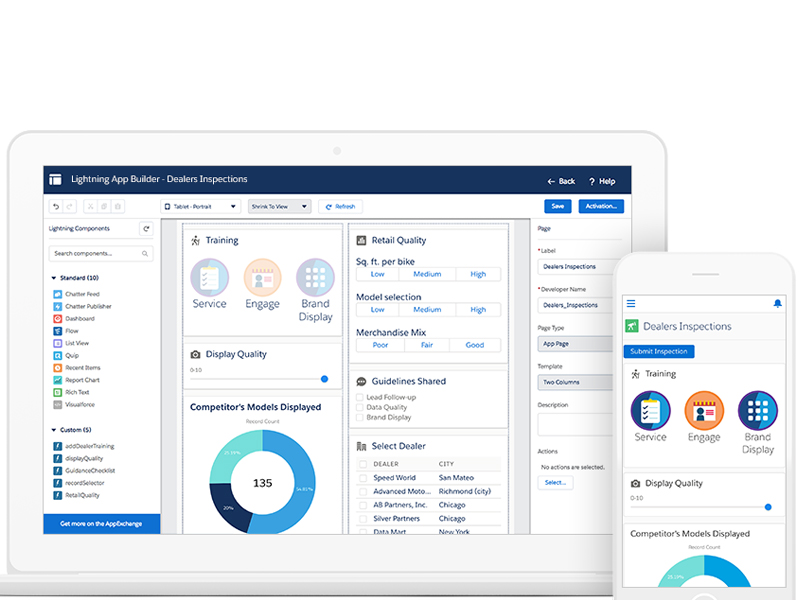Launched by Salesforce, a renowned provider of customer relationship management (CRM) software, Salesforce Lightning is a low-code (LC) platform for building applications focused on addressing business needs and CRM. It is meant to democratize the app-building process for business organizations by making it accessible, easier, and faster without sacrificing effectiveness and innovation (Lee, 2018). This is partly because designing applications in this platform is based on metadata instead of traditional hardcoding.

Photo Courtesy: Salesforce.com
The platform has all the features that most low-code app-building platforms have - extensive access controls, code blocks that can be dragged and dropped, comprehensive design templates and hosting options, compatibility with multiple devices, as well as advanced customization and automation capabilities. But what makes Salesforce Lightning appealing to business enterprises is that unique features can be tailored and offered based on both the business administrator's and developer's needs.
These are some of the features embedded within the platform to make such claims possible:
- Einstein Automate: Enables businesses to create workflows, automate business processes through bots, and sift data to generate forecasts for maximum efficiency, just by clicking (no coding at all).
- Customer Identity Plus: Provides simplified user identity management by adding an identity layer across different channels to eliminate the need for separate logins in each digital touchpoint, which is incredibly useful if a company has an active large user base. This is also reinforced by a single command-line interface for various platforms with CLI Unification .
- DevOps Center: A unified software development and operations hub for enhanced collaboration and faster development-release cycles.

Photo Courtesy: Salesforce.com
The versatility of Salesforce Lightning in enabling businesses ranges from self-service shopping portals, creating specialized inventory management systems that can be integrated with existing CRMs, a centralized platform for all relevant employees to handle complex management of Wi-Fi locks across multiple establishments for enhanced operations and customer satisfaction, sales and marketing resources, to employee web-based portals for HR needs.
However, Salesforce Lightning's high-empowered features through low-code (LC) technology also have drawbacks such as the need for regular regression testing, potential customization conflicts, and making the most out of this platform may still be too intricate without a developer's knowledge (Nguyen, n.d.).

4 comments
Lorem ipsum dolor sit amet, consectetur adipiscing elit. Nunc quam justo, ullamcorper tincidunt pellentesque in, condimentum ut enim. Aenean at pharetra diam, quis vulputate urna.
ReplyLorem ipsum dolor sit amet, consectetur adipiscing elit. Nunc quam justo, ullamcorper tincidunt pellentesque in, condimentum ut enim. Aenean at pharetra diam, quis vulputate urna.
ReplyLorem ipsum dolor sit amet, consectetur adipiscing elit. Nunc quam justo, ullamcorper tincidunt pellentesque in, condimentum ut enim. Aenean at pharetra diam, quis vulputate urna.
Reply